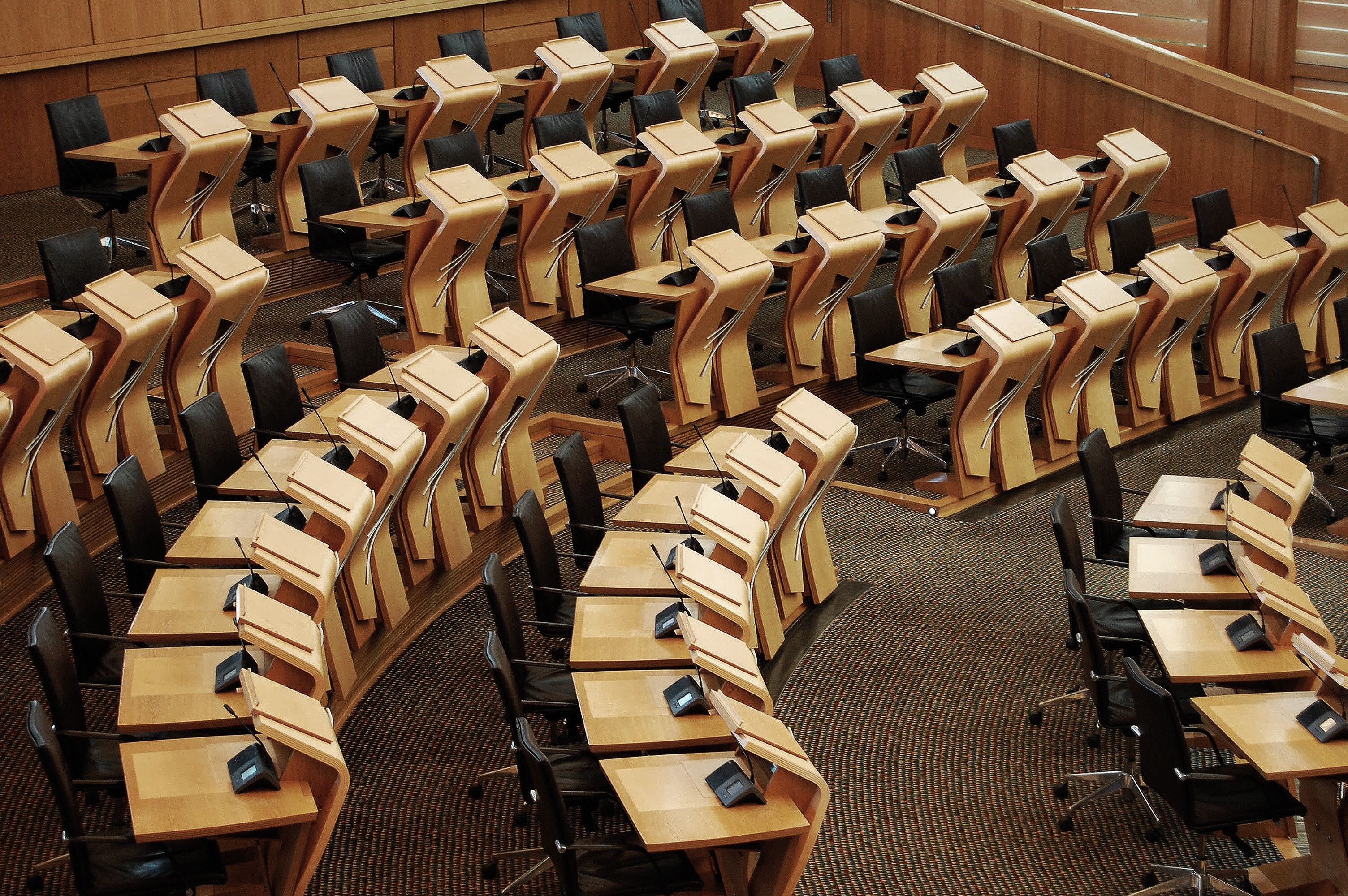Don’t rely on Negative Emissions Technologies for emissions reductions
Create a plan for emissions reductions that does not rely on Negative Emissions Technologies (NETs).
Most NETs rely on carbon capture and storage (CCS) and this is unproven at the scale needed and unlikely to be up and running in any significant capacity before the 2030s.
On CCS, a report for FoE Scotland in 2021 found:
- there were just 26 operational CCS plants in the world, with 81% of carbon captured to date used to extract more oil via the process of Enhanced Oil Recovery (EOR), and at this stage CCS planned deployment remains dominated by EOR.
- global operational CCS capacity was 39MtCO2 per year, only about 0.1% of annual global emissions from fossil fuels.
- there was no operational CCS capacity in the UK yet the UK Committee on Climate Change projects CCS capacity of up to 176MtCO2 by 2050. This would mean that the UK would need to create four times the entire current global CCS capacity
Scotland’s 2019 Climate Change Act establishes in law the concept of a “fair and safe Scottish emissions budget.” Extrapolating from remaining global carbon budgets for 1.5ºC and 2ºC, leading climate scientist Professor Kevin Anderson has stated that such a budget “is inconsistent with any realistic interpretation of the roadmaps of CCS-based power generation.” For every megatonne of carbon released in the power sector, a megatonne of carbon cannot be released from another sector.
The Scottish Government’s own progress monitoring121 found that CCS would not be a commercial scale reality until at least the 2030s.
The current Climate Change Plan envisioned CCS being available at scale from 2029. Both the Committee on Climate Change122 and four Committees of the Scottish Parliament123 called for a ‘Plan B’ when climate change plans were proposed with a large reliance on NETs towards the end of the plan period.
Since NETs are unlikely to make any meaningful contribution to emissions reductions during the plan period it is time that ‘Plan B’ became ‘Plan A’ – the Scottish Government must create a plan for meeting the 2030 target and beyond that does not rely on NETs.
For further information:
- A Review of the Role of Fossil Fuel-Based Carbon Capture and Storage in the Energy System, Tyndall Centre for FoE Scotland, 2021, https://foe.scot/resource/report-carbon-capture-storageenergy- role/
Climate Change Plan Monitoring Reports, Scottish Government, 2022, https://www.gov.scot/binaries/content/documents/govscot/ publications/progress-report/2022/05/climate-change-plan-monitoring-reports-2022/documents/climate-change-plan-monitoringreports- 2022/climate-change-plan-monitoring-reports-2022/govscot%3Adocument/climate-change-plan-monitoring-reports-2022.pdf
Progress reducing emissions in Scotland – 2021 Report to Parliament, Climate Change Committee, 2021, https://www.theccc.org.uk/ publication/progress-reducing-emissions-in-scotland-2021-report-to-parliament/
Scottish Parliament Committees question ambition on draft climate change plans, Holyrood Magazine, 2017, https://www.holyrood.com/ news/view,scottish-parliament-committees-question-ambition-of-draft-climate-change-plans_13228.htm

